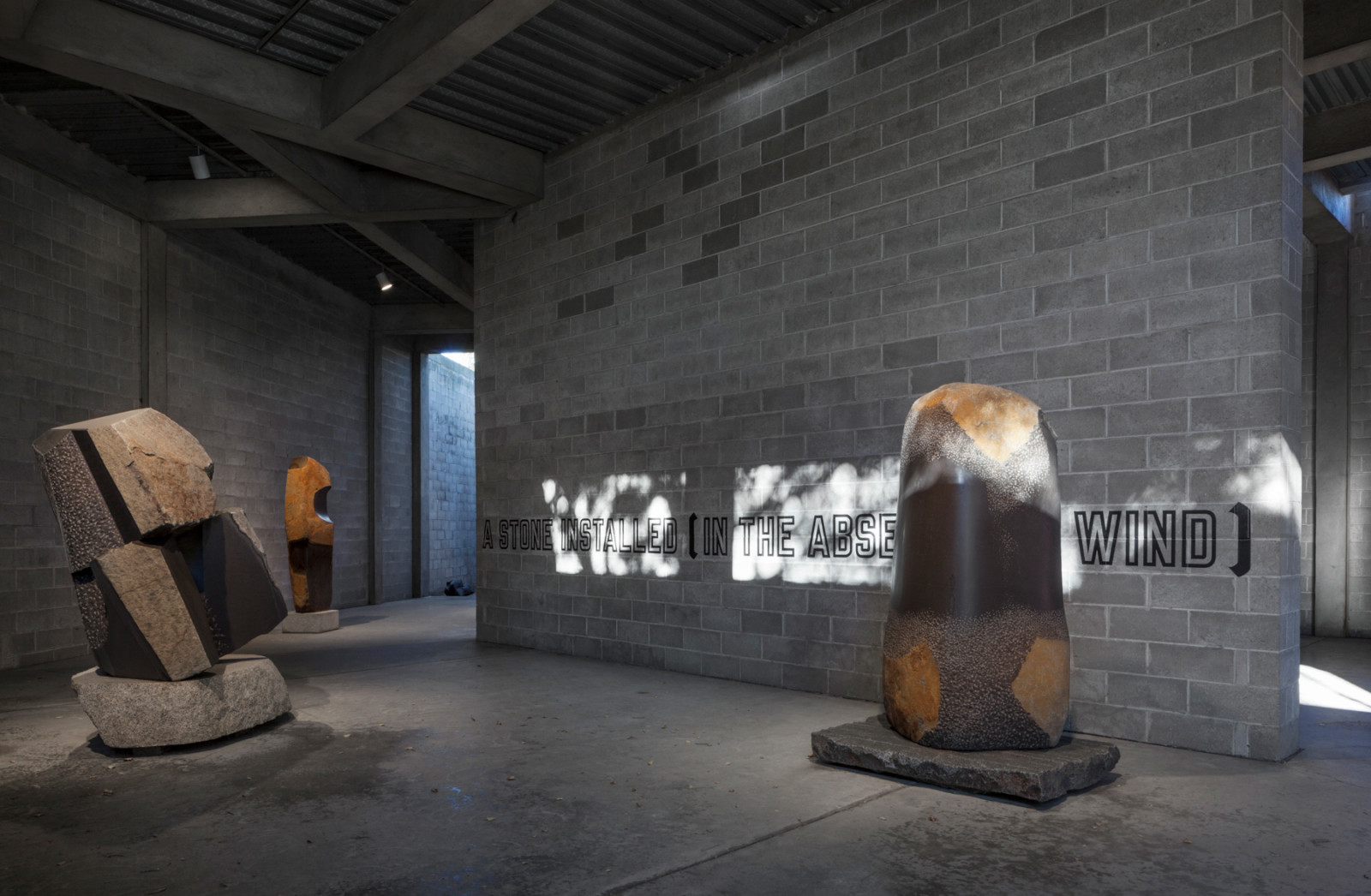Think of a circumstance in which rock and water rub up against each other: in a river gorge, along a coast, where a gutter empties onto a flagstone, or rain falls regularly on a travertine wall. At any given moment, rock is the sculptor and water is the material. Expand the timeline a bit, however, and the relationship reverses; water becomes the sculptor and rock the material. A creative awareness of this paradox, as refracted through a kaleidoscope of different cultural traditions, is The Noguchi Museum in a nutshell.
As a yin-yang, this reciprocal relationship between water and stone is one of a pile of material, allegorical, literary, scientific, metaphorical, artistic, structural, and cultural contexts in which stone operated in Noguchi’s imagination and as a touchstone for his work. The rock with which David killed Goliath; Scylla and Charybdis, the proverbial rock and hard place; the fact that one translation of calculus is pebble–as in the counters used in the development of mathematics (and in voting) in the ancient, Latin-speaking world; the walls that say so much about us in separating my things from your things all over the planet; the glacial erratics and other natural “miracles” that helped inspire the systematic approach to inquiry that became the scientific method; standing stones, humanity’s earliest attempts to dominate nature and explain existence, and the memorials by which we try to deny the insignificance of a biological lifespan on a geologic timescale. These points of reference frame the works in the exhibition.




































